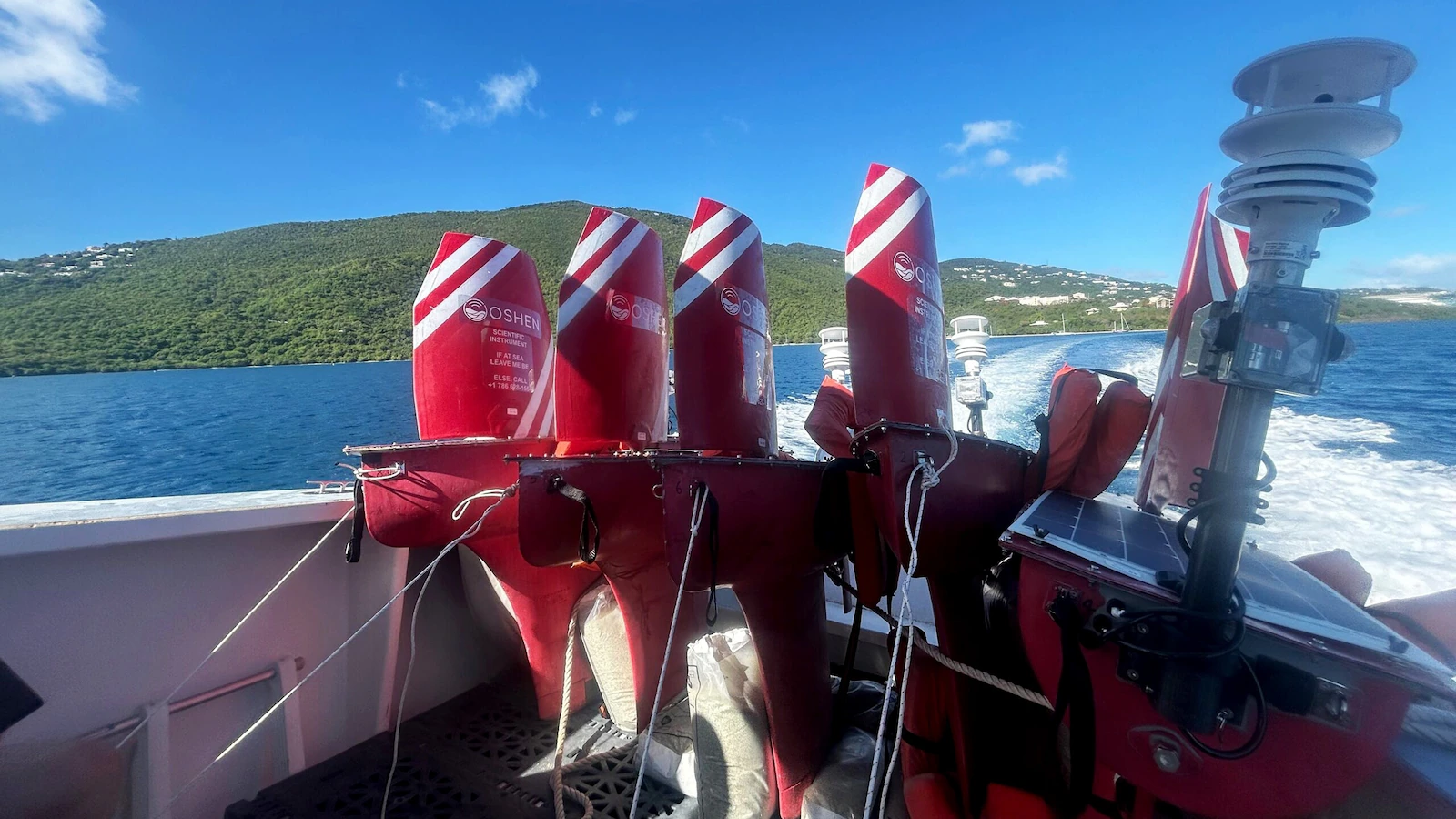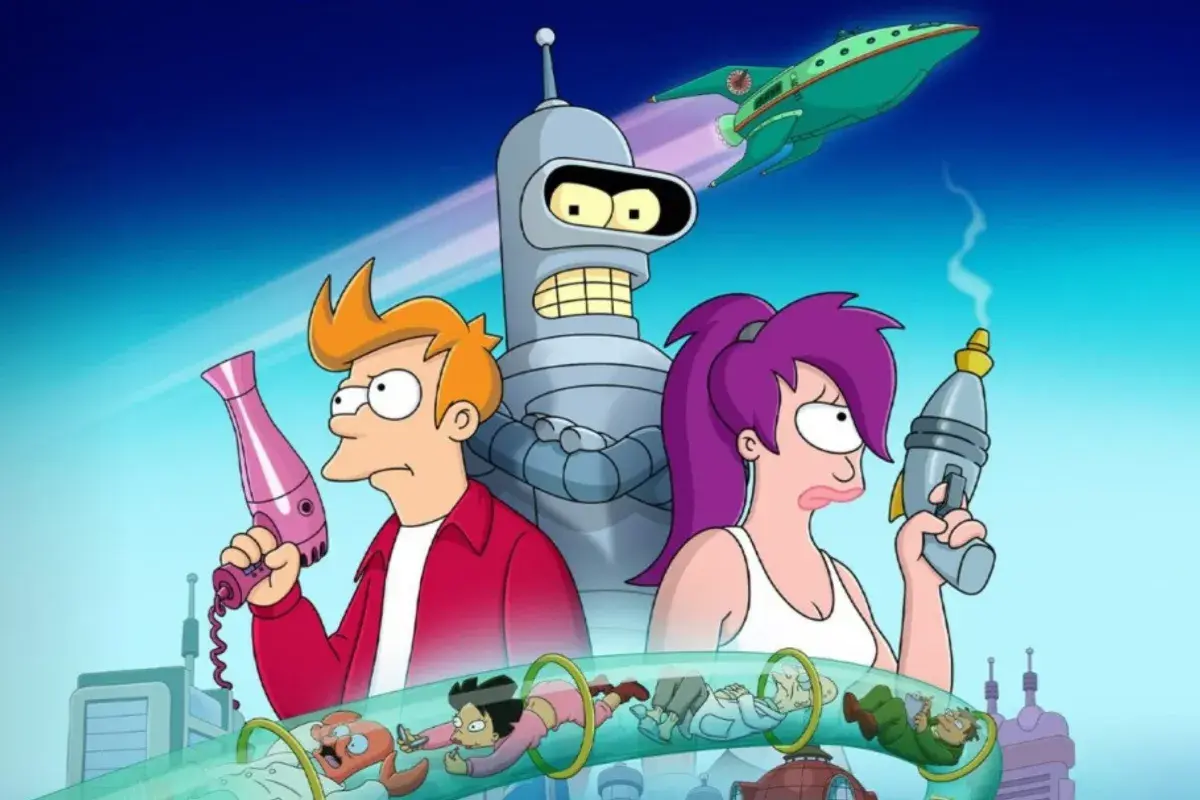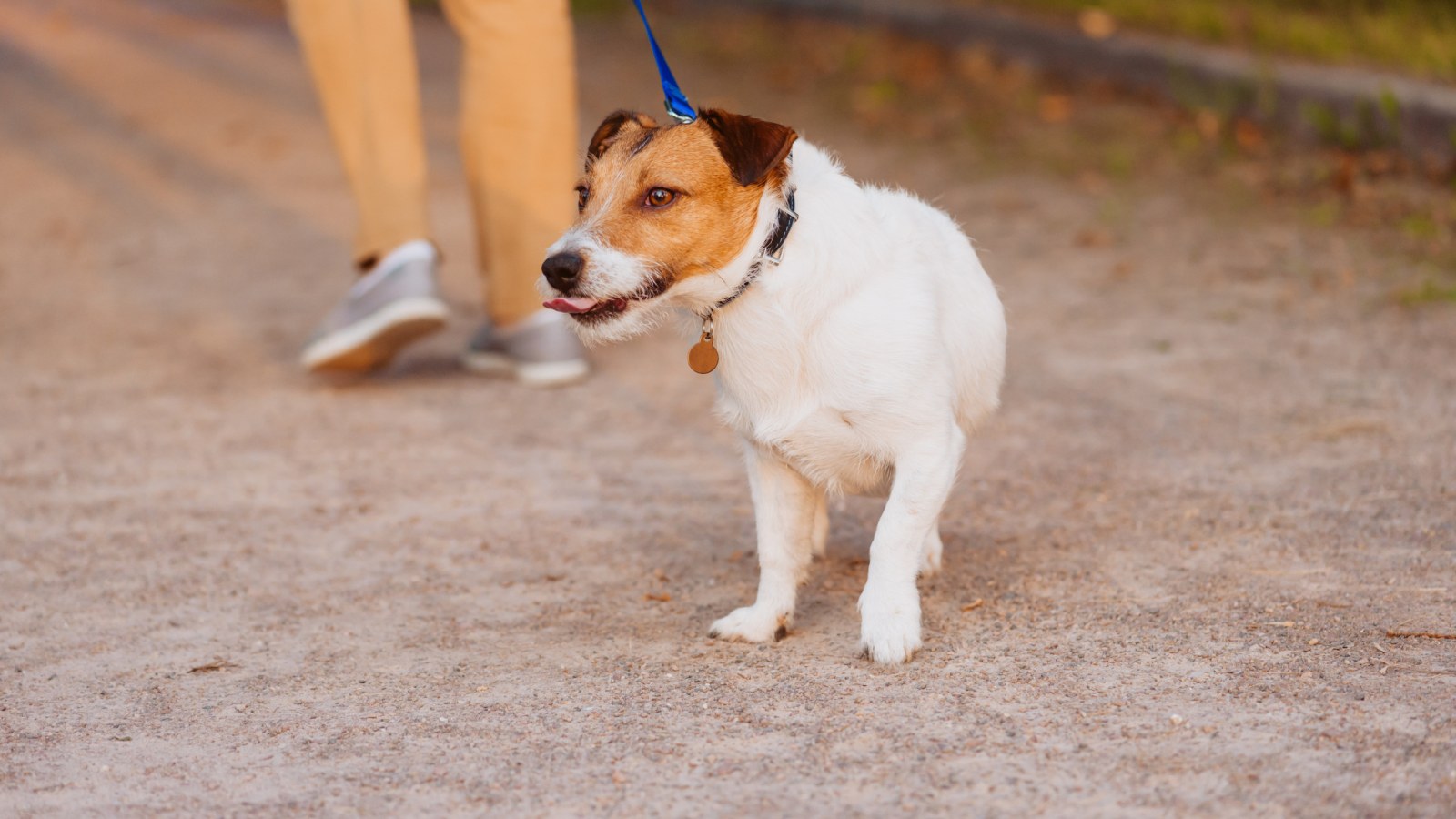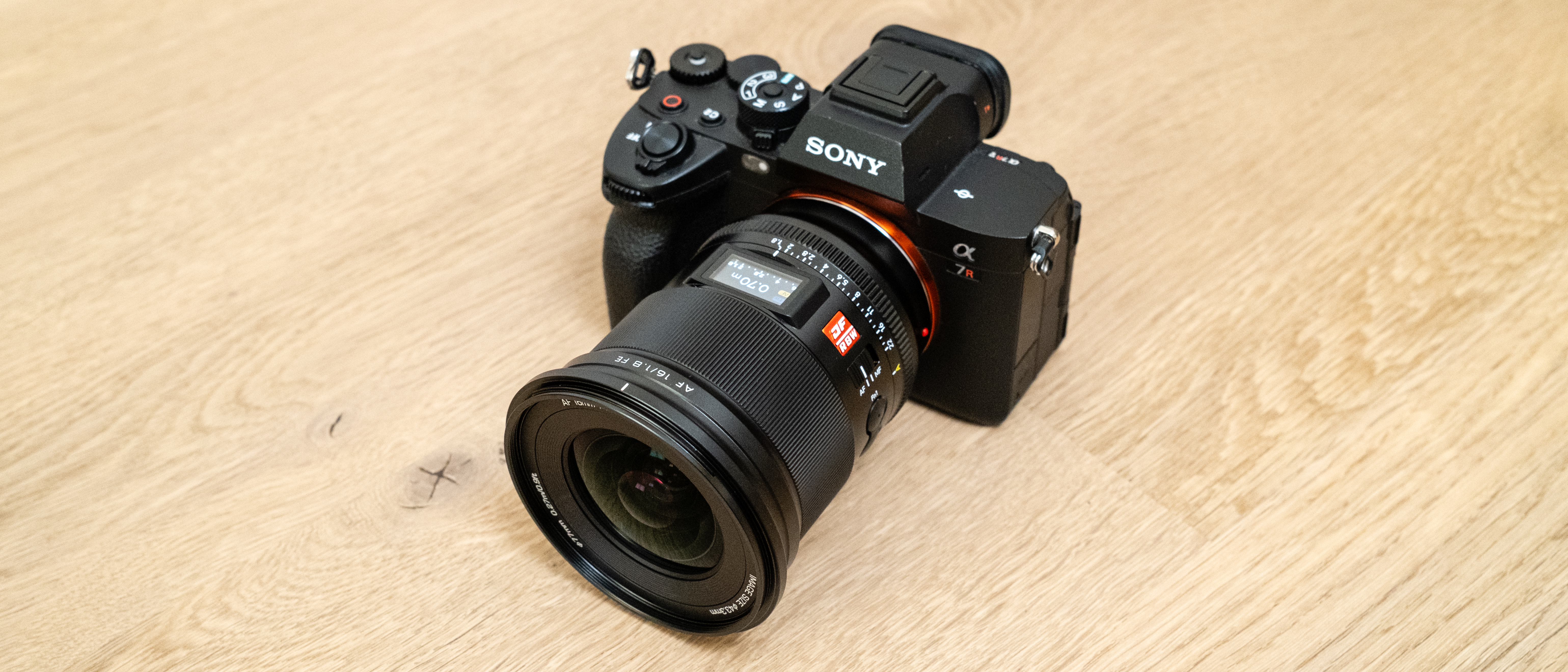By Abc Climate Unit
Copyright go

Forecasting hurricanes requires a lot of data. To predict when a hurricane will arrive, how strong it will be and where it’s headed, meteorologists use sophisticated computer models that interpret measurements from the ocean and atmosphere.
Now, NOAA has another tool in its toolbox for collecting critical ocean information. In collaboration with the University of Southern Mississippi and robotics company Oshen, the agency has launched five small uncrewed surface vehicles.
The craft, called C-Stars, debuted on Aug. 31 by collecting critical weather and marine data off the coast of the U.S. Virgin Islands.
“Understanding weather conditions where the ocean surface meets the lower atmosphere is key to predicting hurricane intensity,” said Greg Foltz, oceanographer and a lead principal investigator at NOAA’s Atlantic Oceanographic and Meteorological Laboratory.
“If these miniature uncrewed surface vehicles prove reliable, they could become a critical piece of NOAA’s hurricane observing system in the future,” Foltz added.
The C-Stars are currently in a line extending from the U.S. Virgin Islands to Bermuda. The robots can be relocated to various oceanic regions to monitor different weather and marine conditions.
The C-Stars are wind-propelled with solar-powered sensors but are also equipped with electric motor thrusters for when the winds are weak.
The vehicles can operate individually or in fleets when covering a larger area. The C-Stars collect and transmit real-time data via satellite, including wind speed and direction, sea surface and air temperatures, air pressure and relative humidity.
“Although C-Stars have navigated storms with towering 24-foot waves, hurricanes are a whole new level of challenge — but if it works, the long-term potential is huge,” said Anahita Laverack, CEO for Oshen.
The C-Stars also collect wave condition information and can capture high-resolution images and videos, which can be retrieved when the craft returns to port.
“If these miniature uncrewed surface vehicles prove reliable, they could become a critical piece of NOAA’s hurricane observing system in the future,” Foltz added.
“We believe that these new, small USVs can move the needle in how we observe and understand hurricanes, while keeping budgets under control,” Laverack added.
Lavarack told ABC News that the C-Stars are smaller, lighter, and cheaper to make and deploy than larger platforms, like the Saildrone that NOAA has used during previous hurricane seasons.
“Our size and platform cost allow us to field a constellation of many small robot C-Stars. In the future this could mean say 20 datapoints instead of just one within each hurricane, giving a richer understanding of the event,” stated Laverack.
“We are excited by the role that C-Stars could play in improving hurricane forecasts, which have direct consequences for millions of people along the Gulf Coast,” said Leila Hamdan, associate vice president for research and professor in the School of Ocean Science and Engineering at the University of Southern Mississippi.
-ABC News meteorologist Kyle David Reiman



